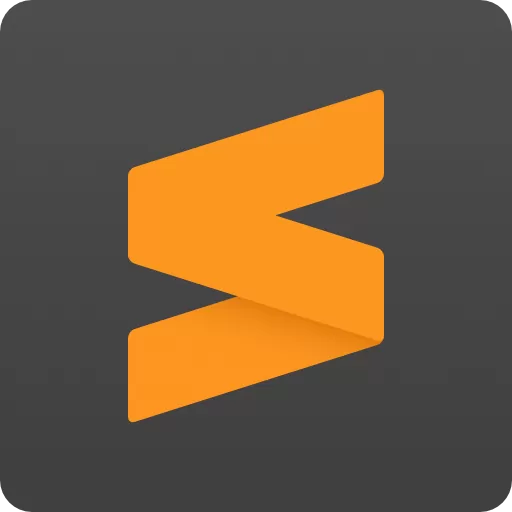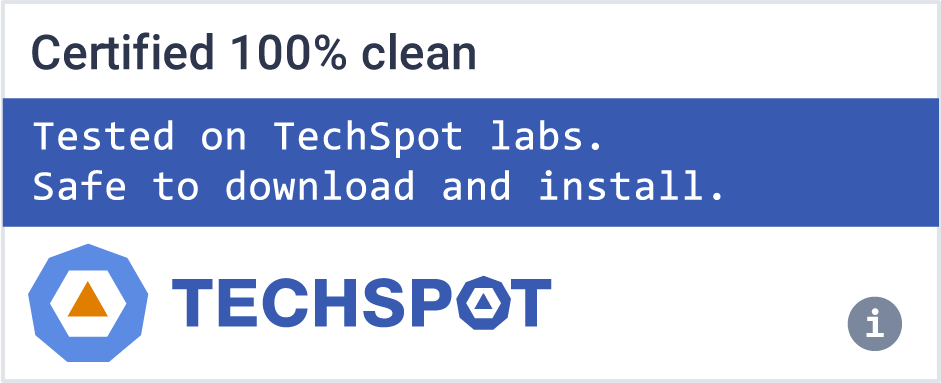The sophisticated text editor for code, markup and prose. Sublime Text uses a custom UI toolkit, optimized for speed and beauty, while taking advantage of native functionality on each platform. One license is all you need to use Sublime Text on every computer you own, no matter what operating system it uses. Sublime Text is available for Windows, Mac, and Linux.
Is Sublime a code editor or IDE?
Sublime Text is a powerful and easily extensible code editor. It natively supports many programming languages. An IDE like Visual Studio adds more functionality out of the box, allowing you to debug and build code as opposed to a code editor like Sublime.
Is Sublime Text free?
Sublime Text offers an evaluation version that you can use for free, however it will constantly ask you to purchase the license. There is currently no enforced time limit for the evaluation.
Is Sublime Text better than Notepad++?
Both are great text editors but the main difference is that Notepad++ is open source and free, while Sublime Text costs $99 per license. Another important difference is that Notepad++ is only available for Windows, while Sublime Text is cross-platform.
Can I run Sublime Text on Windows 7?
Yes. Sublime Text is compatible with Windows 7 and up.
Is Sublime Text good for HTML?
Yes. Sublime Text contains a custom HTML and CSS engine, named minihtml, for displaying stylized content in editor panes.
Features
Goto Anything
Use Goto Anything to open files with only a few keystrokes, and instantly jump to symbols, lines or words.
Triggered with Ctrl+P, it is possible to:
- Type part of a file name to open it.
- Type @ to jump to symbols, # to search within the file, and : to go to a line number.
These shortcuts can be combined, so tp@rf may take you to a function readfile within a file textparser.py. Similarly, tp:100 would take you to line 100 of the same file.
Multiple Selections
Make ten changes at the same time, not one change ten times. Multiple selections allow you to interactively change many lines at once, rename variables with ease, and manipulate files faster than ever.
Try pressing Ctrl+Shift+L to split the selection into lines and Ctrl+D to select the next occurrence of the selected word. To make multiple selections with the mouse, take a look at the Column Selection documentation.
Command Palette
The Command Palette holds infrequently used functionality, like sorting, changing the syntax and changing the indentation settings. With just a few keystrokes, you can search for what you want, without ever having to navigate through the menus or remember obscure key bindings.
Show the Command Palette with Ctrl+Shift+P.
Distraction Free Mode
When you need to focus, Distraction Free Mode is there to help you out. Distraction Free Mode is full screen, chrome free editing, with nothing but your text in the center of the screen. You can incrementally show elements of the UI, such as tabs and the find panel, as you need them.
You can enter Distraction Free Mode using the View/Enter Distraction Free Mode menu.
Split Editing
Get the most out of your wide screen monitor with split editing support. Edit files side by side, or edit two locations in the one file. You can edit with as many rows and columns as you wish.
Take advantage of multiple monitors by editing with multiple windows, and using multiple splits in each window.
Take a look at the View/Layout menu for split editing options. To open multiple views into the one file, use the File/New View into File menu item.
Instant Project Switch
Projects in Sublime Text capture the full contents of the workspace, including modified and unsaved files. You can switch between projects in a manner similar to Goto Anything, and the switch is instant, with no save prompts - all your modifications will be restored next time the project is opened.
Customize Anything
Key Bindings, Menus, Snippets, Macros, Completions and more - just about everything in Sublime Text is customizable with simple JSON files. This system gives you flexibility as settings can be specified on a per-file type and per-project basis.
Plugin API
Sublime Text has a powerful, Python based plugin API. Along with the API, it comes with a built in Python console to interactively experiment in real time.
What's New
- Various syntax highlighting improvements
- Newly rewritten Lisp syntax highlighting thanks to deathaxe
- Linux: Implemented kinetic scrolling under Wayland
- Linux: Implemented xdg-activation protocol for wayland
- Linux: Fixed crash on wayland related to tab dragging
- Linux: Fixed issues with tab dragging under Wayland
- Linux: Added workaround for KDE drag-drop issue causing the caret to get stuck (Also fixed in kwin 6.0.4)
- Windows: Implemented scroll-resetting behavior when dragging scroll bar
- Windows: Fixed copied text being truncated by null character
- Windows: Fixed custom top-level menu items not being themed
- Windows, Linux: Allow numbers as menu mnemonics
- Mac: Files moved to trash now have a "Put Back" option
- Mac: Fixed issues related to dragging the edges of windows
- Mac: Fixed security entitlements for plugins not applying properly
- Mac: Fixed some issues with applying find clipboard
- Mac: Fixed multi-line environment variables not being read correctly
- Mac, Linux: Fixed leak of shared memory
- Added "goto_anything_file_preview" setting
- Added "image_file_patterns" for controlling which files are automatically opened as an image
- Added File > Open file as Text/Image for explicitly opening a file as an image or as text
- Added context menu for image tabs
- Improved behavior of Expand Selection in Python docstrings
- The "menu" key now works in the sidebar
- Reduced memory usage when editing large files
- Full Screen is now restored when exiting Distraction Free Mode
- Text selection is now retained when using Split View
- Improved handling of invalid UTF-16 sequences
- Fixed overlay scrollbars blocking input when invisible
- Improved accuracy of scope selectors
- Added enable toggle to indexing status dialog
- Opening folder history in Sublime Merge now works recursively
- Added entry in command palette for opening mouse bindings
- Added syntax argument to run_syntax_tests command
- Fixed syntax tests not running when files aren't UTF-8 encoded
- Files containing colons can now be opened from the command line
- Fixed window closing when switching projects under certain conditions
- Fixed focus of new windows starting on the last group when "remember_layout" is enabled
- Fixed line numbers not being rendered correctly in some cases
- Fixed an issue with rulers displaying incorrectly while scrolling under OpenGL
- Fixed fold markers not having background rendering
- Fixed PATH not being restored correctly when a build system fails to launch
- Fixed git repository details not always showing
- Find: Find in files history menu now deduplicates entries
- Find: Fixed settings not applying to find-in-files
- Find: Fixed a case where incorrect settings would be used when run immediately after find_under_expand
- Tab Dragging: Improved clarity in mixed-dpi setups
- Tab Dragging: Fixed various positioning bugs in mixed-dpi setups
- Tab Dragging: Fixed misalignment of labels in some cases
- minihtml: Improved error messages
- minihtml: Added support for white-space: pre and white-space: pre-wrap
- minihtml: <style> tags are now allowed within <head>
- minihtml: HTML is no longer parsed within <style> tags
- minihtml: Made HTML entity parsing more lenient
- Theme: New unmodified files no longer have the "dirty" attribute
- API: All functions are now available at import time
- API: Optimized auto-completion
- API: Fixed ViewEventListener occasionally leaking
- API: Fixed Settings.get not always returning the default value on failure
- API: Fixed View.style_for_scope not always returning the right "source_line"
- API: Added View.utf8_code_units and View.utf16_code_units


